WHY ARE SINGLE USE PLASTIC BAGS EVERYWHERE?
Plastic bags are ubiquitous and most people don’t question it. Why?
Less than 50 years ago plastic bags were a rarity. Now you it seems like you can’t buy anything without it being carried out in a branded plastic bag.
If we can understand how we got ourselves here, maybe we can find a way to get ourselves out.
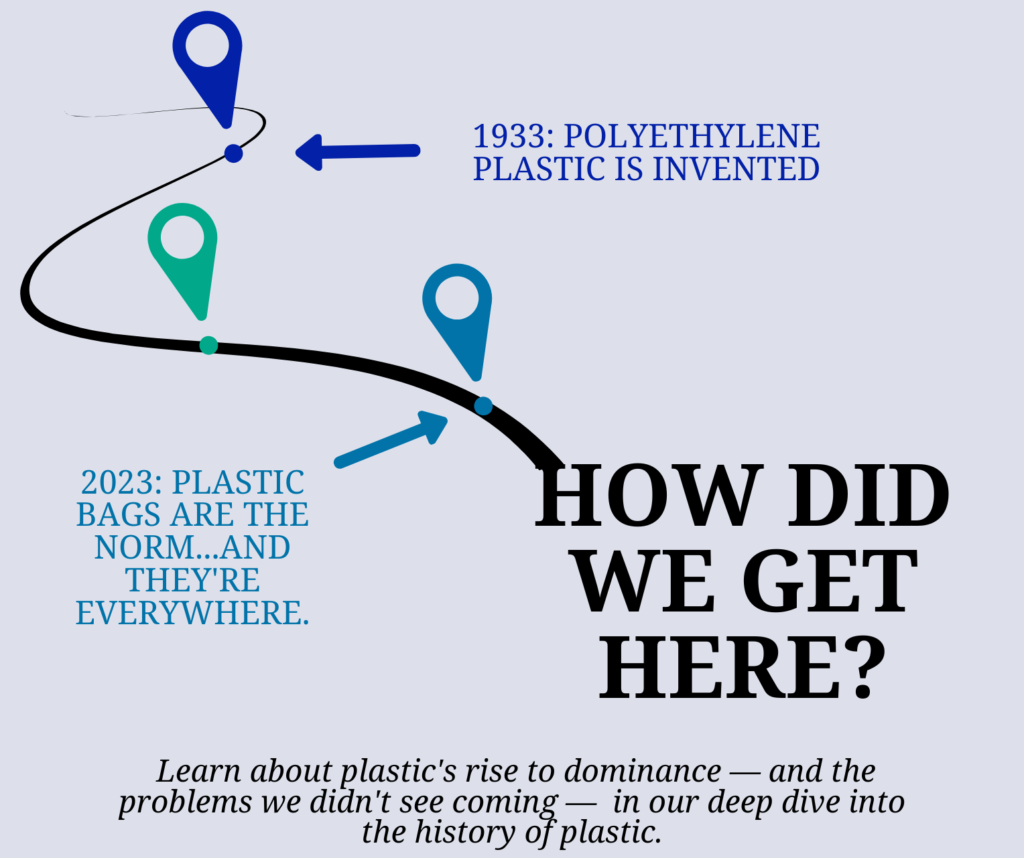
What Are Single-Use Plastics and When Were They Invented?
Single-use plastics are plastics that are designed to be used only once or for a very short period of time, and then thrown out.
Single-use plastics may be used to create everything from wrappers to plastic cups to plastic bags. Unfortunately, the convenience of single-use plastic comes at the cost of the environment.
All disposable plastic bags are considered single-use plastic. Polyethylene (the most common type of plastic used for disposable bags) was first created in 1898 but it was not until the mid 1950s that a high-density polyethylene was invented. High density polyethylene was the “breakthrough” that enabled the production of cheap, yet strong plastic bags.
Single-use plastic shopping bags first appeared in the U.S. in 1979, and were subsequently picked up by several large grocery store chains.
This seemingly simple invention changed the way we shop and had unimaginable consequences for our natural environment.
A Brief History of Disposable Bags
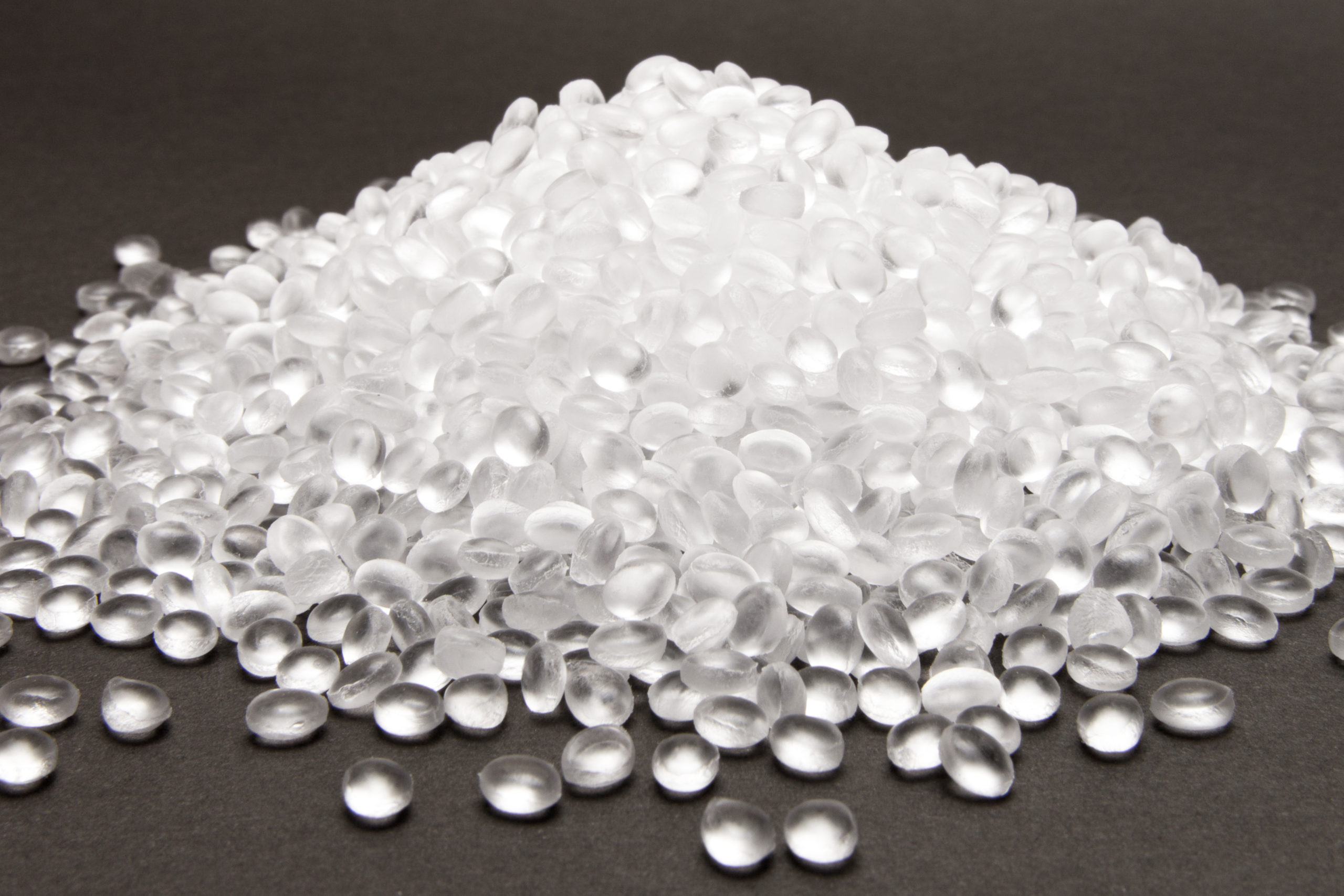
Polyethylene is invented
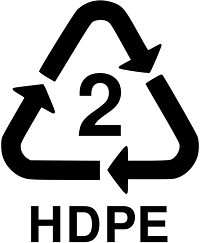
High-density polyethylene (HDPE) is invented
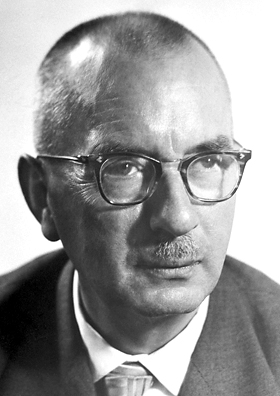
Karl Ziegler wins the Nobel Prize for chemistry
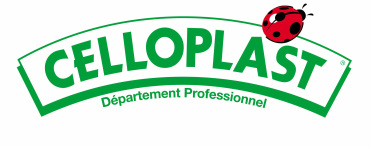
Modern plastic bag is invented
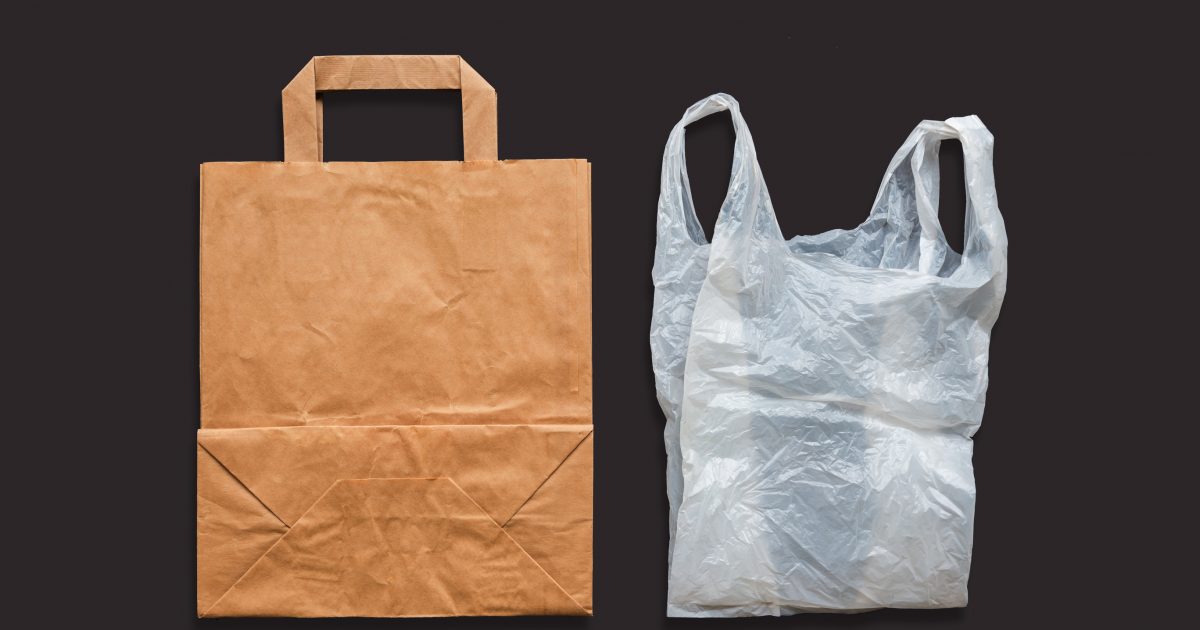
Dixie Bag Company begins manufacturing plastic bags

Safeway and Kroger adopt plastic bags
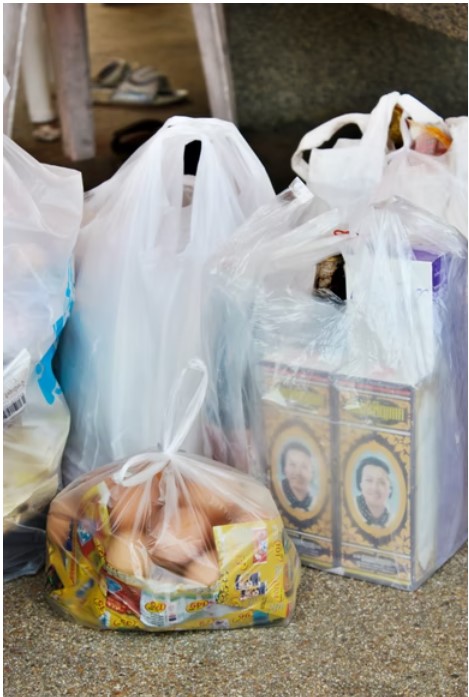
Plastic bags become the norm
Plastic’s Rise to Dominance
Disposable plastic bags became so popular so fast mainly because of their convenience.
Before plastic bags, there was paper. Paper bags worked but they were not easy to carry and they weren’t nearly as strong as plastic. The most important part… paper was more expensive to produce than plastic.
The plastic bag not only made life easier for the consumer, it also saved retailers money.
Although we see the downsides of plastic bags today, you can see why at the time they were adopted so rapidly.
The Problem We Didn’t See Coming (or Didn’t Care To See)
The problem with plastic that wasn’t considered at the time, is its impact on our environment and how that inevitably impacts us.
High-density polyethylene’s application to plastic bags may have benefited the consumer and the retailer, but the environmental ramifications of widespread use are disastrous.
There are a host of issues caused by plastic bags that directly impact humans. The main issues are:
- Environmental – from its contribution to global warming to massive ocean pollution, plastic bags have become one of the largest environmental issues of our time.
- Health – plastics are made of synthetic molecules that can have negative impacts on our health and ramifications of environmental degradation are also taking their toll on human health.
- Cost – the cost of disposal and clean up of plastic bags comes back to the tax payer.
Get the details here: Why We Should Not Use Plastic Bags
What Does This Mean for Us?
Plastic bags have risen to dominance because of the need for a cheap and useful way to transport goods. Unfortunately, we are now paying the price with environmental degradation and the health implications that result.
Although most of this transition was out of the hands of the consumer, our transition to a more sustainable future very much is.
Now that we understand the impact of our disposable bag use, it’s up to us to find and use alternatives.
The plastic bag revolution started with an invention and proliferated one bag at a time as consumers found it more useful. Now it’s time for a replacement. Here are a few options: alternatives to plastic bags.

When plastic costs go up, restaurants give you paperboard containers. When paper costs go up, they go back to plastic & styrofoam. If you ban plastic containers, paper costs will stay down. Basic supply & demand. And better ecology. Industry won’t do it without government regulation. The dollar is mightier than humanity.
Thank you for categorizing this subject!
All very good points but one downside of plastic grocery bags were that they would spill the contents all over the trunk floor whereas the paper bags use to stay upright.
Here is an amusing skit:
https://youtu.be/KqcUISOB6nE
I have a question, did the environmentalists applaud the use of plastic bags because it saved the trees?
To little too late , to late to fix it now the damage is already done
It wasn’t all about cheaper, stronger bags, and evil capitalist merchants. This article conveniently omits the role that the tree-hugging environmental movement played in shaming businesses and consumers into switching to plastic bags. Back then, environmentalism was all about saving trees, and while grocery stores initially offered the option of “paper or plastic,” it quickly became socially unacceptable to ask for paper. Asking for paper bags meant that you didn’t care about the environment.
Also, plastic bags encouraged waste. With paper bags, bagging groceries was a skill. Yes, they were more expensive, so baggers were taught what items could and could not be bagged together and how to bag items to get the most in a bag. The groceries that I used to bring home in one or two paper bags can now take five or ten or more of the flimsy plastic ones.